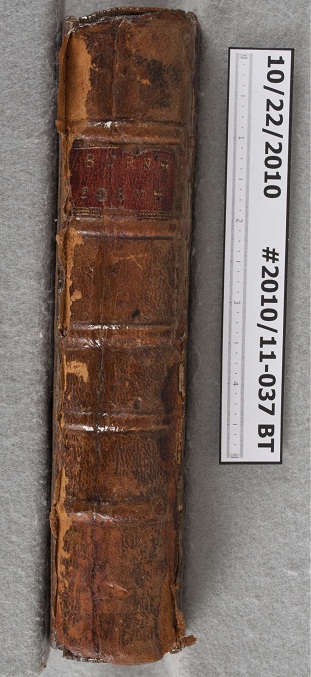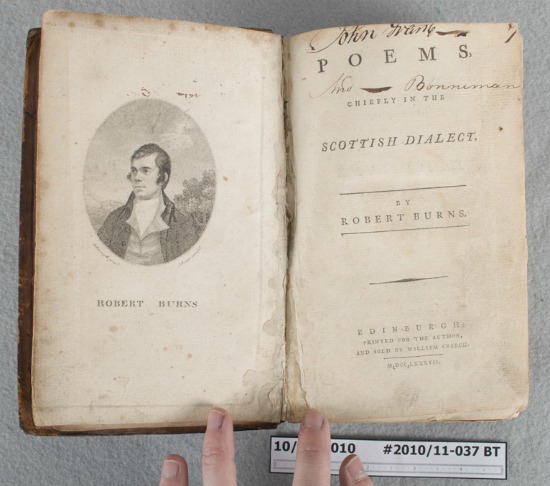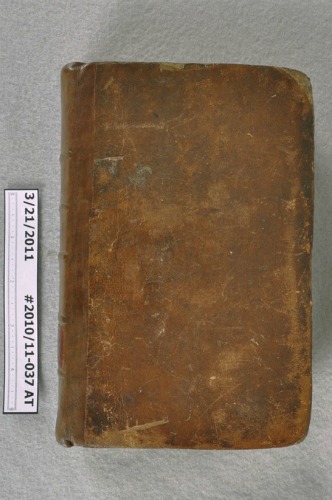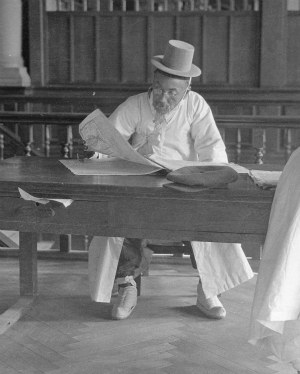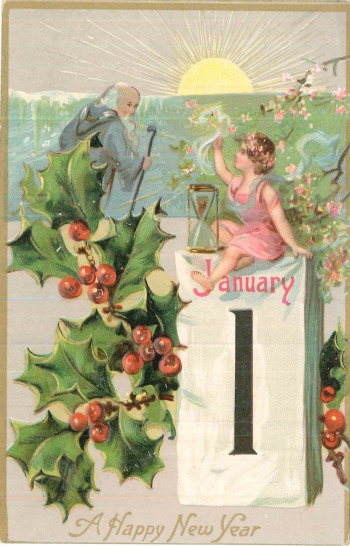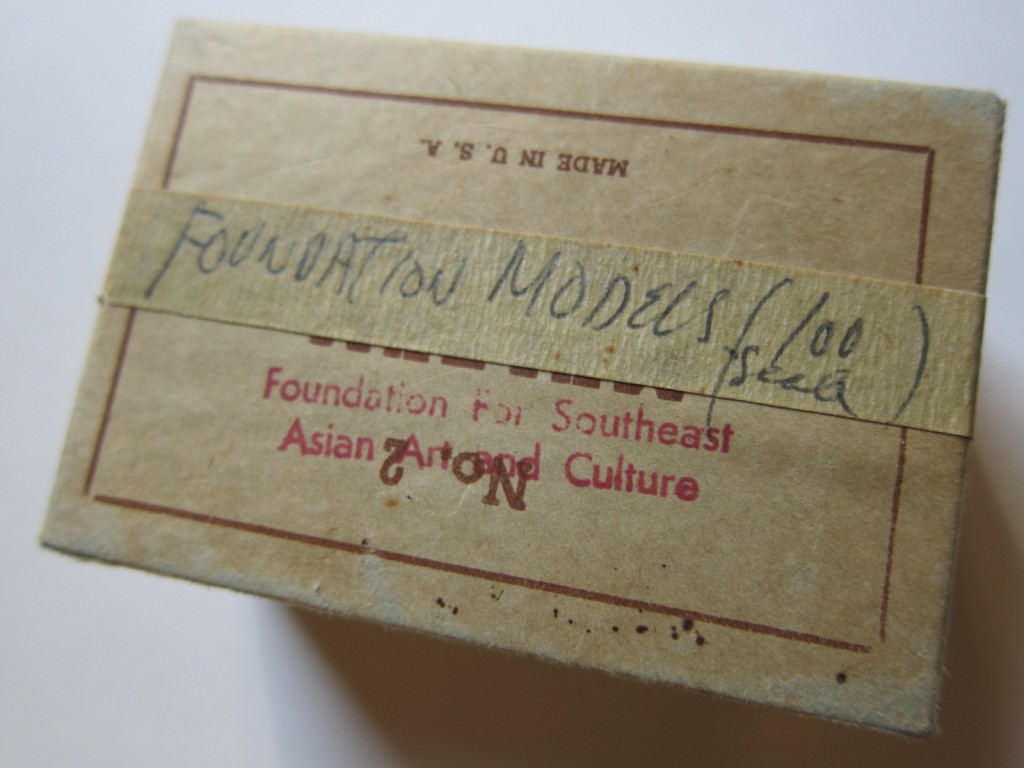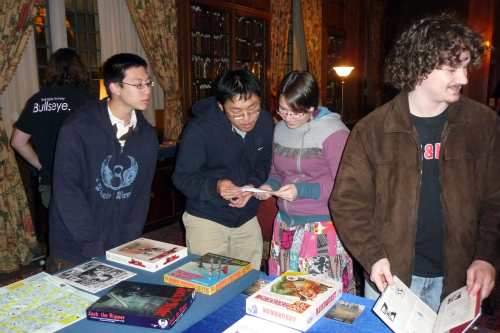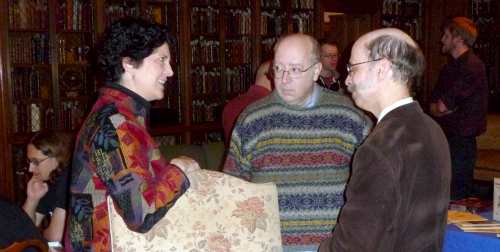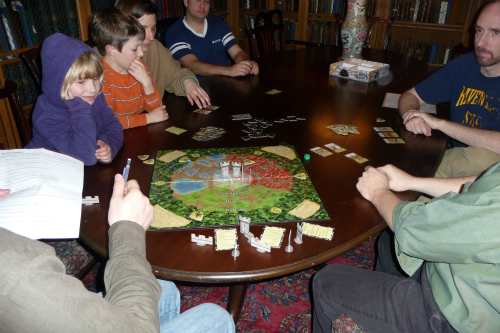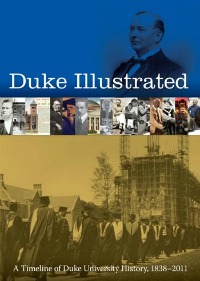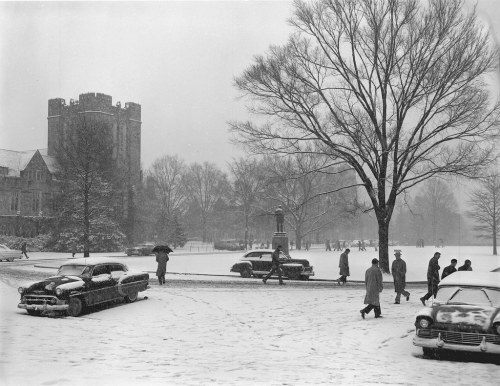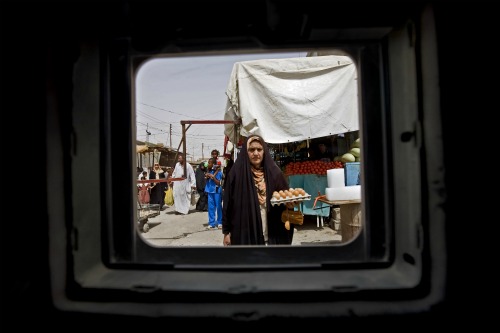We note with sadness the passing of Mary Duke Biddle Trent Semans. Mrs. Semans was the great-granddaughter of Washington Duke, and the granddaughter of Benjamin Duke. She came to Duke University as a 15 year-old freshman in 1935, and was an alumna of the class of 1939 of the Woman’s College. She remained a tireless advocate for Duke University throughout her life, serving as a longtime trustee and supporter of numerous projects on campus. These include the Mary Duke Biddle Rare Book Room, named for Mrs. Semans’ mother.
In 1938, Mrs. Semans married Josiah Charles Trent, a Duke alumnus and later the first Division Chief of Thoracic Surgery. The couple collected rare books related to the history of medicine, and Walt Whitman materials. Dr. Trent died of lymphoma in 1948. In 1953, Dr. James Semans and Mrs. Semans were married. They were known on campus, in Durham, and throughout North Carolina as supporters of the arts, higher education, civic projects, and other charitable endeavors. Mrs. Semans was a longtime trustee of the Mary Duke Biddle Foundation (named for her mother), which has supported projects in the library, among many other grant recipients.
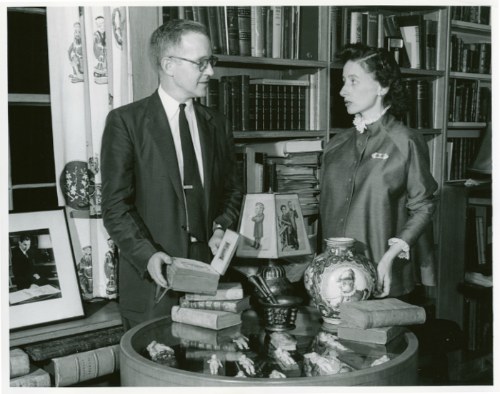
The Trent Collection of Whitmaniana and Trent Collection of history of medicine materials, along with Semans Family Papers, are significant parts of the Rubenstein Library today. We are grateful to the generosity of Mrs. Semans over the years, and the way she continued the legacy of philanthropy begun by her relatives. Mrs. Semans never stopped supporting the institution that her family transformed. Her contributions to the library, the institution, and our community will not be forgotten.
Post contributed by Valerie Gillispie, Duke University Archivist.




